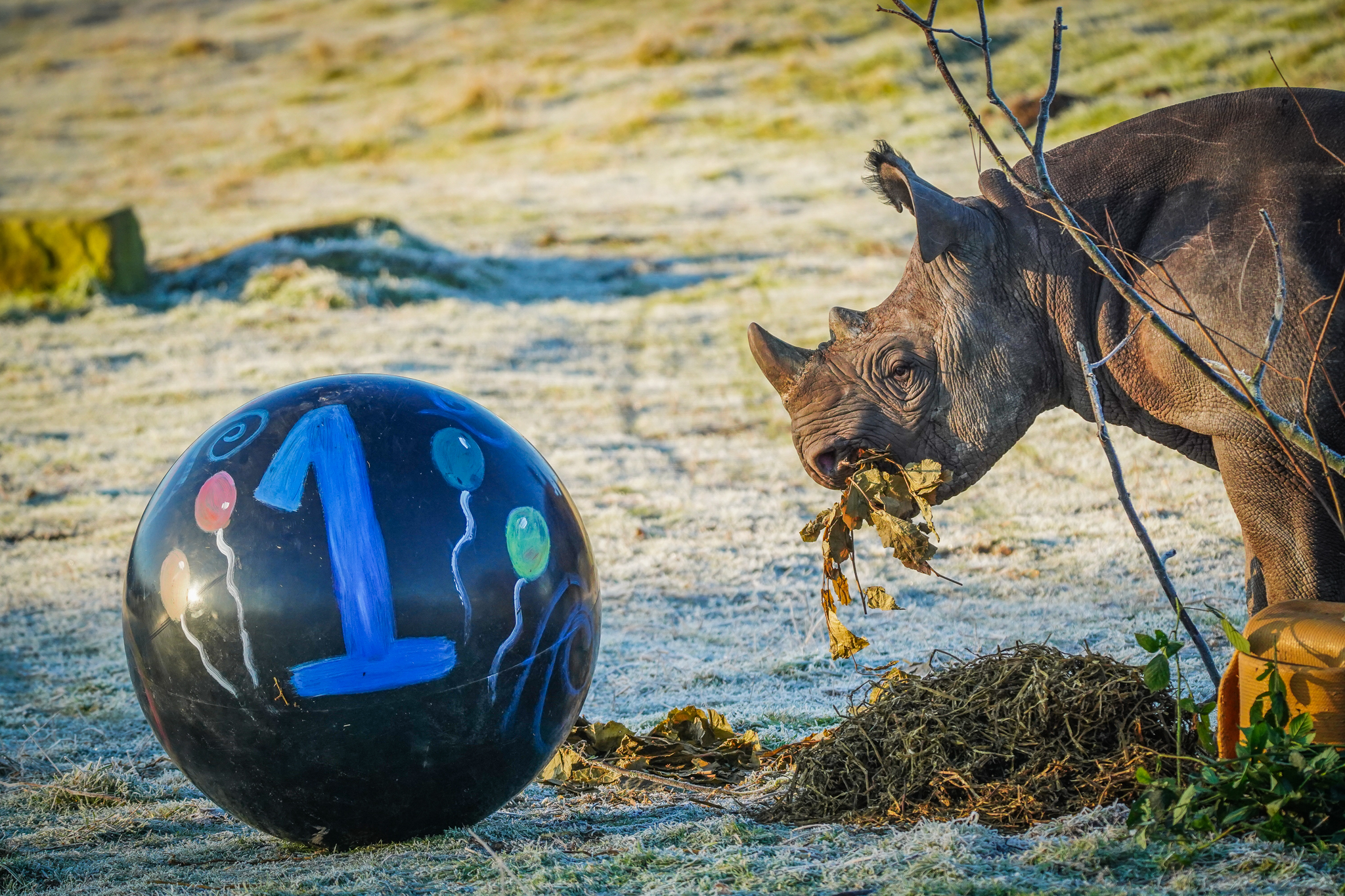Today is Arctic Sea Ice Day, a day founded by our partner organization Polar Bears International to draw attention to sea ice loss in the Arctic, why it matters, and how we can help.
WildLife Foundation work closely with Polar Bears International to develop and drive Project Polar, our flagship project at Yorkshire Wildlife Park. This project, with the help of its resident Polar Bears Victor, Pixel, Nissan and Nobby, aims to help with conservation, and educate the public in order to protect the welfare of the Arctic’s most famous inhabitants.
A crucial aspect of guaranteeing the continued survival of these amazing animals is the preservation of the Arctic sea ice that polar bears rely on to hunt seals, which is under significant threat due to global climate change.
If the Arctic sea ice continues to shrink at this rate, we could see the Arctic devoid of Summer sea ice by 2050 and polar bears extinct before the turn of the century!
Polar bears’ current status on the IUCN Red List of Threatened Species is Vulnerable with their decrease in population mainly due to habitat loss.
The Earth’s global temperature is increasing due to the fossil fuels we burn for electricity, to heat our homes, and to drive our cars, creating a blanket of CO2 that is trapping heat in our atmosphere.
To help reduce carbon emissions and the resulting devastating effects on the global climate, Yorkshire Wildlife Park have created their 18C Or Below campaign. By encouraging everybody to ensure their home thermostat is set to 18 degrees or below, we can collectively reduce a huge amount of C02 emissions that would otherwise be excessively wasted. Find out more about the project here.
9 Facts about Artic Sea Ice:
- Sea ice is to the Arctic ecosystem what soil is to the forest.
- Polar bears rely on sea ice to efficiently catch their main prey, ice seals.
- Arctic sea ice is important to people living in the North, providing a platform for transportation and increased access to food.
- Less sea ice = extra heat absorbed into the ocean = less heat reflected away from Earth = disrupted climates.
- Arctic sea ice is declining in both extent and thickness due to human-caused climate change.
- Some sea ice still remains in the Arctic year-round, with the lowest extent occurring each summer in September.
- Without action to reduce heat-trapping emissions, the probability of ice-free Arctic summers increases significantly from the mid- to late 2000s.
- Data shows we have entered a new era with sea ice.
- The 2019 sea ice minimum, set in September, tied for the second lowest in the satellite record, according to NASA and the National Snow and Ice Data Center.
3 ways to help to save sea ice:
- Vote for candidates, at every level, and in every election, who support the transition to renewable energy.
- Support local initiatives that expand solar and wind—and talking about the benefits with friends, colleagues, and neighbors.
- Contact your representatives to let them know you care about this issue.
If you would like to donate to WildLife Foundation and help fund polar bear conservation and research, please click the button below:











